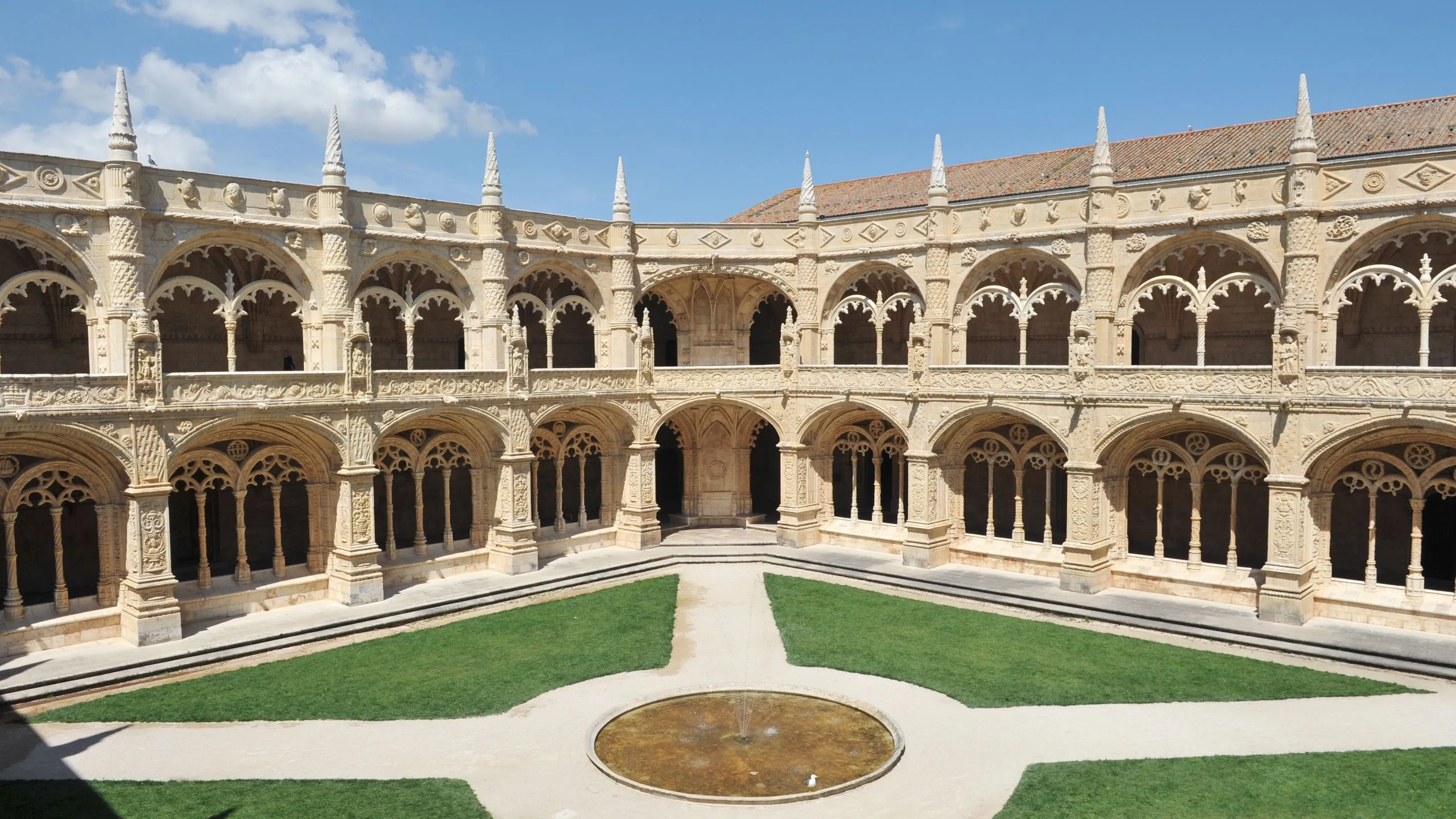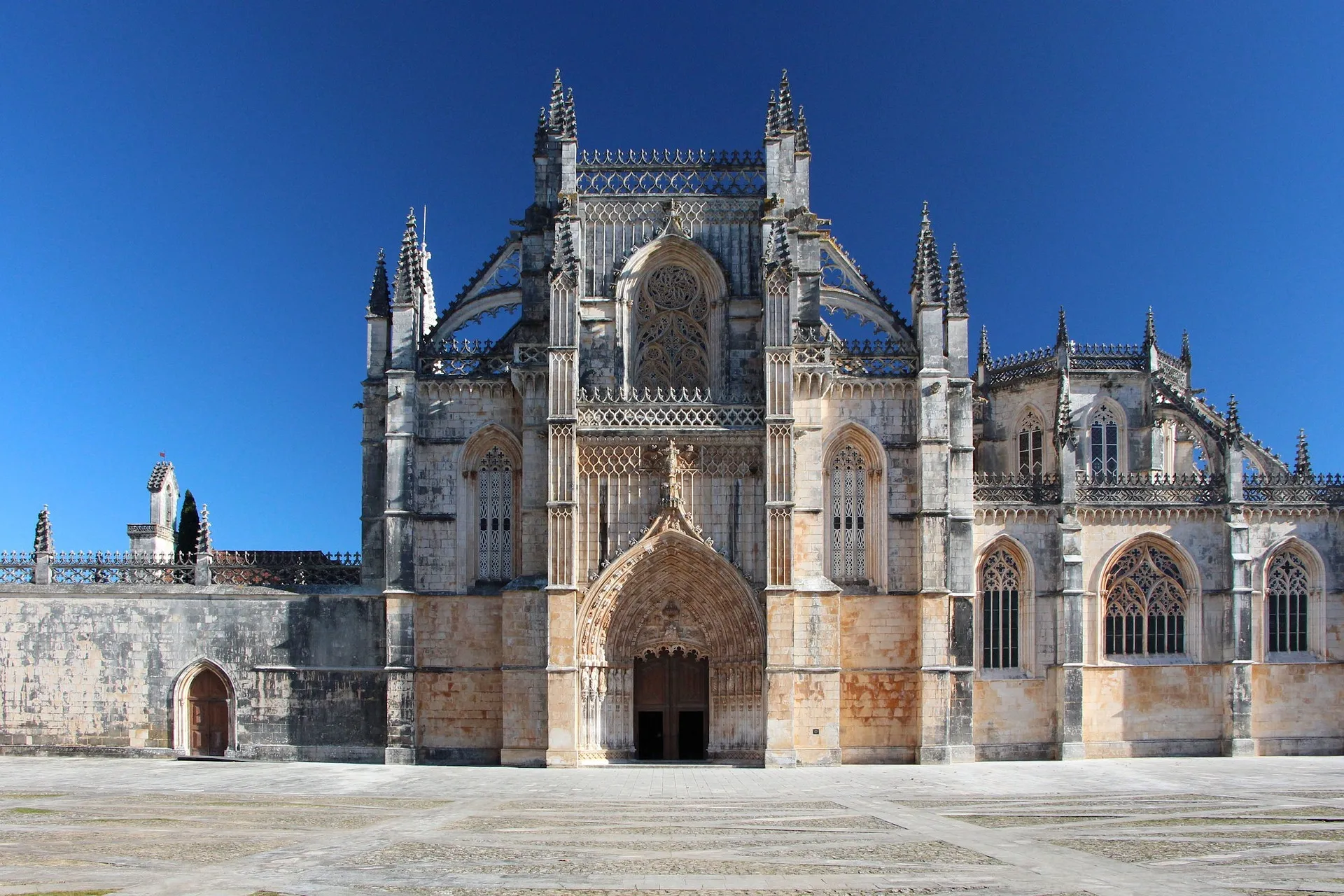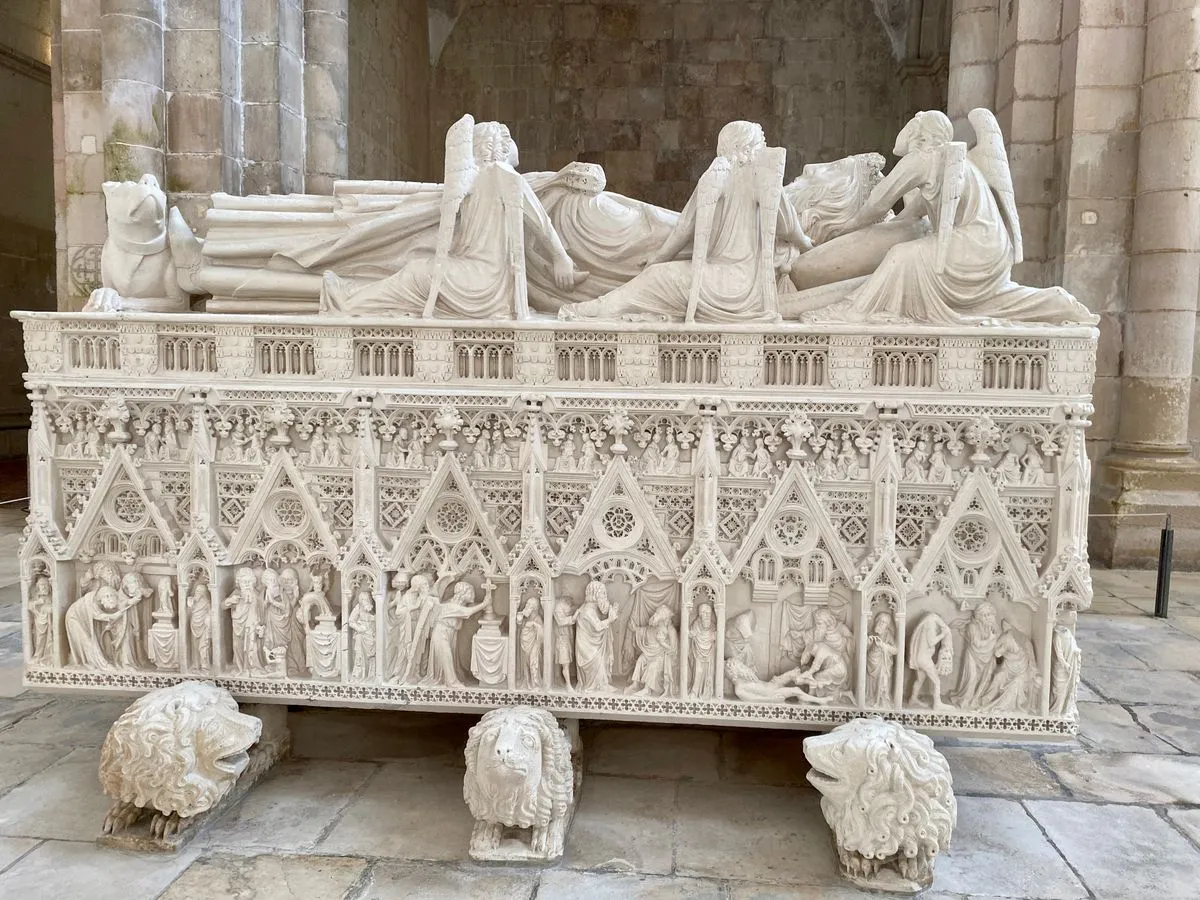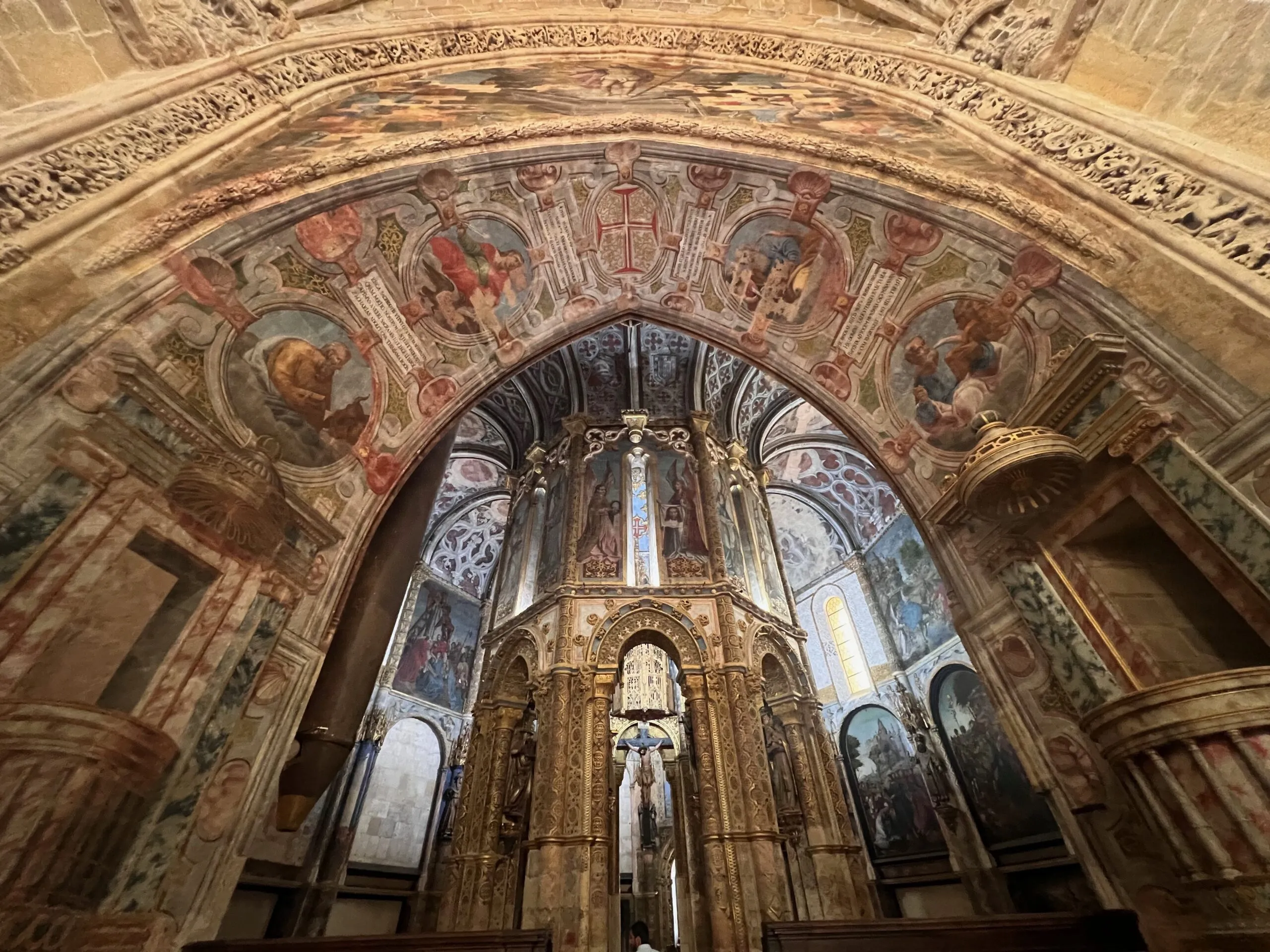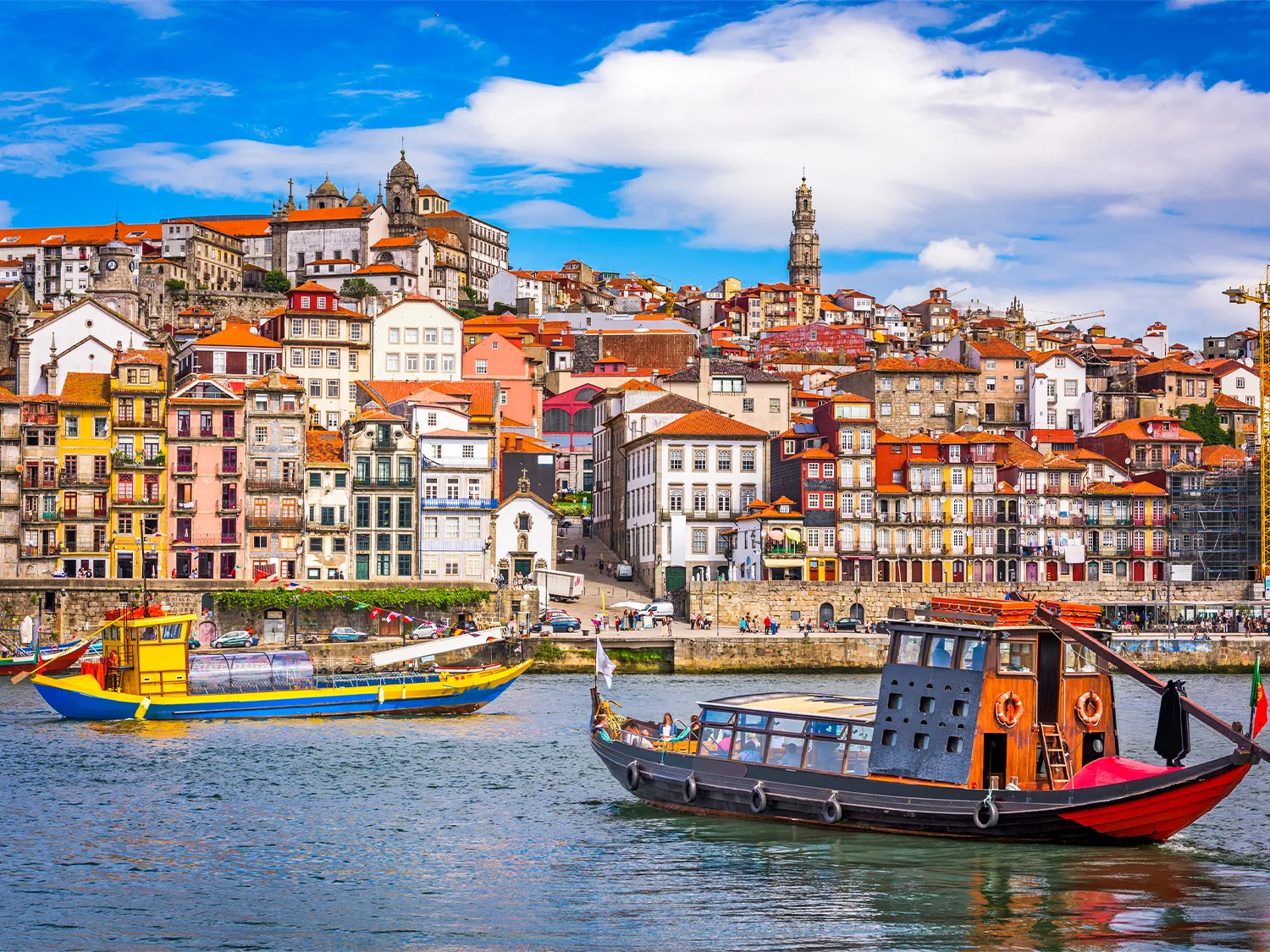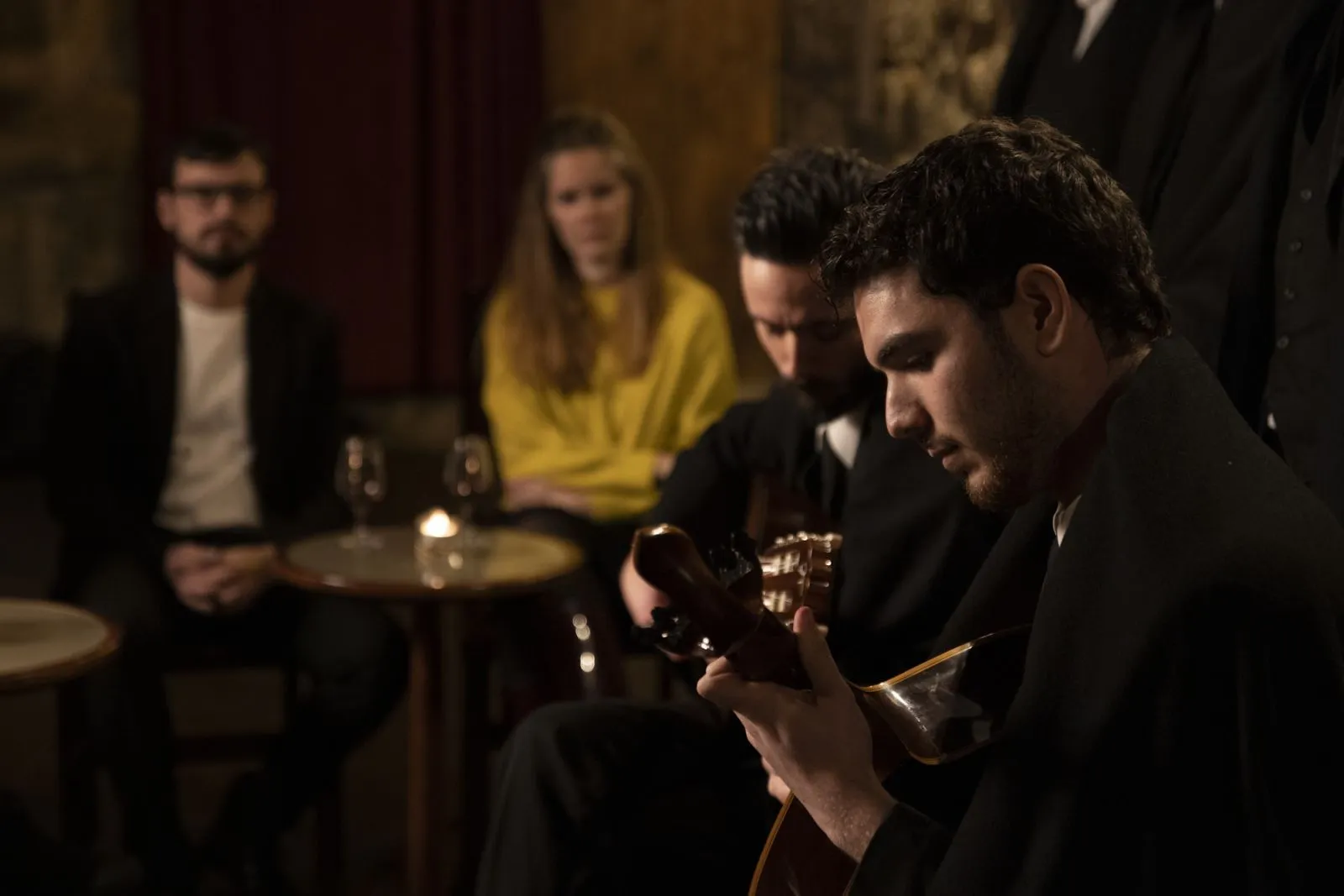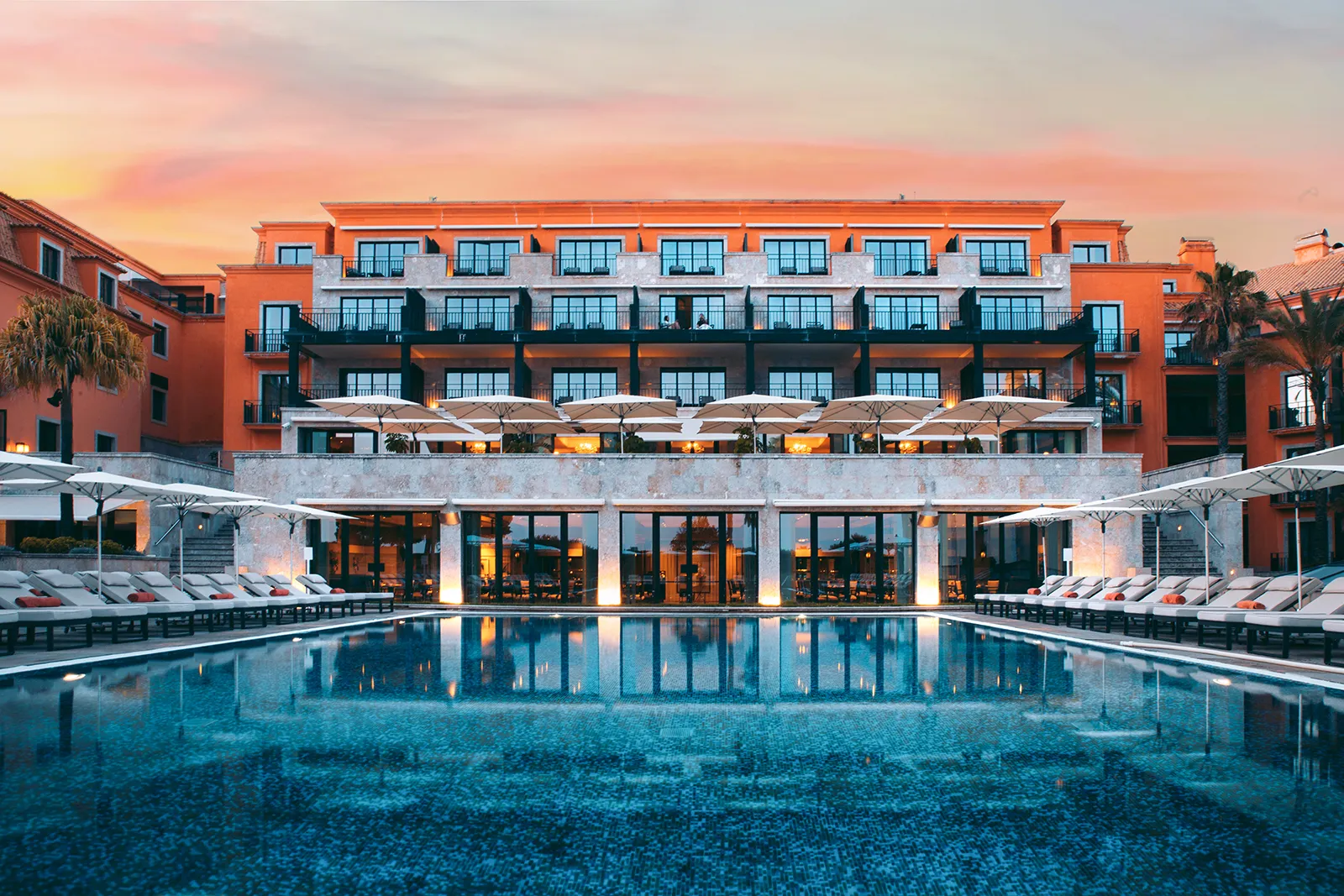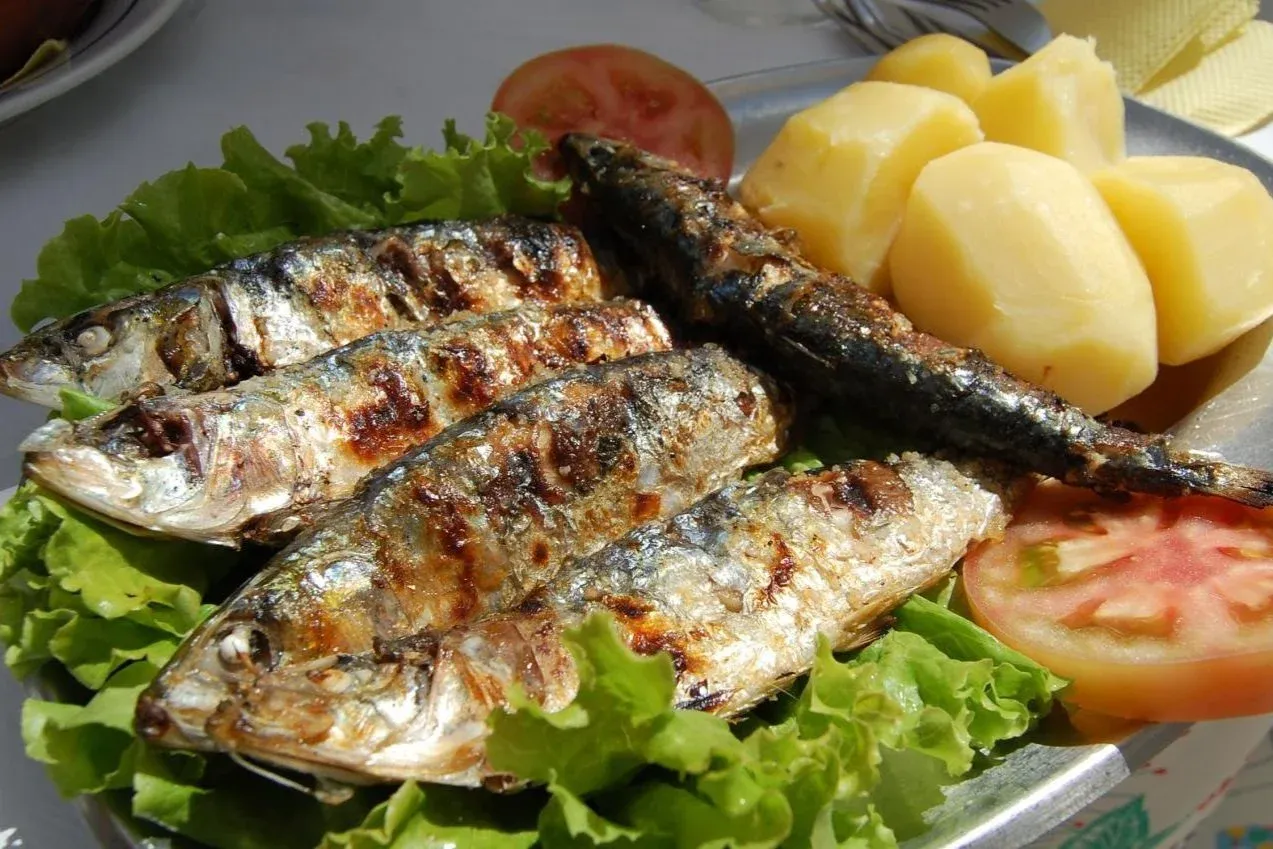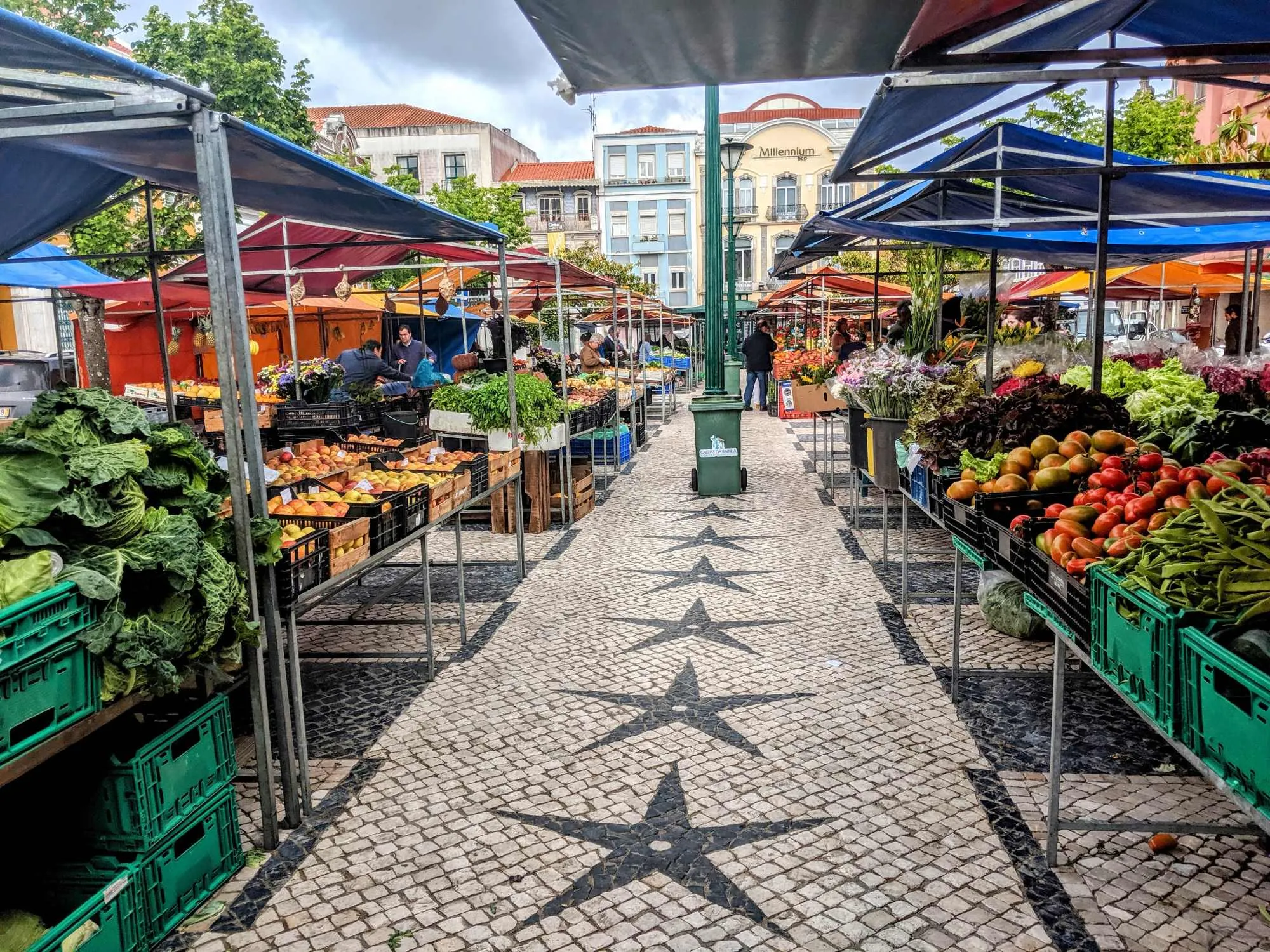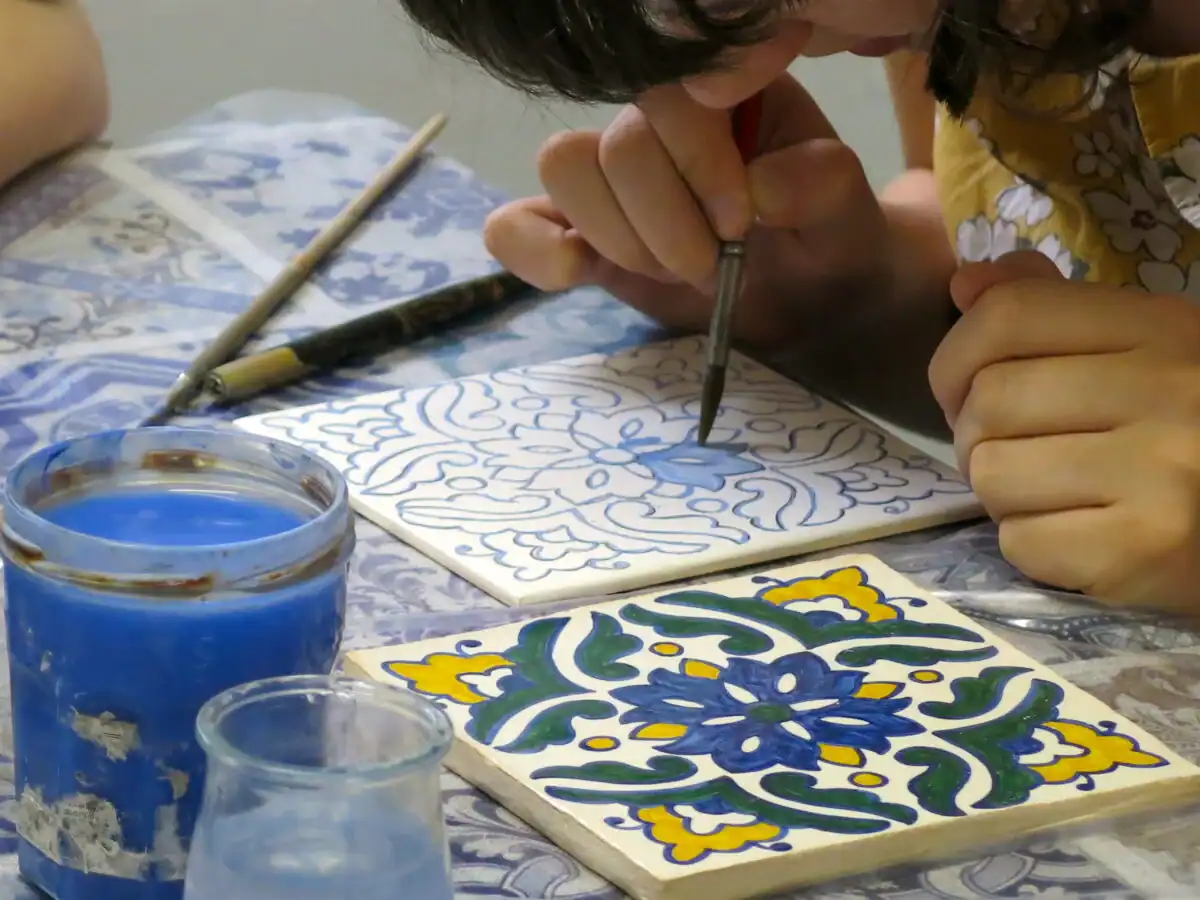Portugal’s monasteries aren’t just beautiful buildings; they are living chronicles where centuries of history, faith, and legendary love stories are carved into every stone arch and pillar. These four UNESCO World Heritage sites represent the country’s most significant monastic complexes. This guide explores the golden maritime splendor of Jerónimos Monastery in Lisbon and central Portugal’s incredible trio: Batalha Monastery, Alcobaça Monastery, and the mysterious Convent of Christ in Tomar. Whether you’re fascinated by ornate Manueline architecture, tragic royal romances, or the secrets of the Knights Templar, visiting these Portugal monasteries offers an unforgettable journey through the nation’s most pivotal moments.
Planning Your Monastery Pilgrimage
Before diving into each site, it’s helpful to understand the two main routes that make visiting these religious landmarks manageable. The first focuses on Lisbon’s magnificent Jerónimos Monastery, easily combined with other Belém district attractions like the Belém Tower. The second is the “Monastery Triangle” in central Portugal, connecting Alcobaça, Batalha, and Tomar, all within driving distance of each other.
For central Portugal, grab the combined Heritage Trail ticket for around €15—it covers all three sites and saves you money over individual admissions. A common question is whether you can see all three in one day. While many tours do this, it makes for an exhausting day. The Convent of Christ alone deserves several hours, so consider spreading your visit over two days for a more immersive experience.
For Jerónimos in Lisbon, here is your most important tip: buy tickets online in advance. The on-site queues can be notoriously long, with some visitors calling the wait “unbearable.” Trust me on this—pre-booking is non-negotiable if you want to enjoy your visit.
1. Jerónimos Monastery, Lisbon: A Manueline Masterpiece
Standing before Jerónimos Monastery feels like witnessing Portugal’s Golden Age of Discovery frozen in limestone. This architectural marvel, funded by a 5% tax on the lucrative spice trade, represents the pinnacle of Manueline style—a uniquely Portuguese late Gothic architecture celebrating maritime exploration. The monastery was built on the spot where Vasco da Gama supposedly spent his last night in prayer before his historic voyage to India, making it the spiritual and symbolic heart of Portuguese exploration.
The monastery showcases three must-see features that will leave you speechless. The South Portal, a 32-meter-high entrance, displays nearly 40 statues of saints and historical figures, including Henry the Navigator. Inside the church, six impossibly slender octagonal pillars branch out like palm trees, supporting soaring vaulted ceilings in a “hall church” design. But the real showstopper is the two-story cloister with its intricate Manueline carvings—maritime motifs like twisted ropes, anchors, seashells, and the Cross of the Order of Christ that decorated the sails of Portuguese ships.
The monastery also houses the tombs of national heroes Vasco da Gama and epic poet Luís de Camões, adding gravitas to the ornate surroundings. However, this stunning beauty comes with a major caveat: crowds can be overwhelming. Visitor reviews consistently mention “super annoying” queues and packed interior spaces that can detract from the spiritual experience. The best strategy is arriving 30 minutes before the 9:30 AM opening or visiting around 3:00-3:30 PM when morning crowds subside.
Practical Details:
- Location: Praça do Império 1400-206, Belém, Lisboa
- Time needed: 1.5-2 hours for both church and cloisters
- Best photo spot: Across Praça do Império for the full facade
- Accessibility: Partially accessible with ramps for wheelchairs
2. Batalha Monastery: Gothic Majesty Born from Victory
Batalha Monastery rises like something from a fantasy novel, its “lacy stonework, looming gargoyles, and prickly spires” creating one of Portugal’s most dramatic silhouettes. This Gothic masterpiece exists because of a pivotal moment in 1385 when King João I made a desperate vow to the Virgin Mary before the Battle of Aljubarrota. His vastly outnumbered Portuguese forces achieved a stunning victory against Castilian invaders, securing Portugal’s independence and establishing the Aviz dynasty.
This historic site serves as both a monument to national sovereignty and the birthplace of Manueline architecture. The Founder’s Chapel, an octagonal space with a magnificent star-shaped vault, houses the joint tomb of King João I and his English wife, Queen Philippa of Lancaster, along with their sons known as the “Illustrious Generation”—including the famous Prince Henry the Navigator. The Royal Cloister perfectly demonstrates architectural evolution, starting with a sober Gothic design but later embellished with some of the earliest and finest Manueline carvings featuring flowers, pearls, and shells.
However, the real jaw-dropper is the Unfinished Chapels—an open-air octagonal mausoleum that was never completed. Exposed to the elements, its massive portal and pillars showcase exuberant late Manueline carving in raw, powerful detail. The Chapter House impresses with its 19-meter-wide unsupported vaulted ceiling and now serves as Portugal’s Tomb of the Unknown Soldier, watched by a permanent honor guard and an eternal flame.
The monastery offers a more relaxed experience compared to Jerónimos, with manageable crowds and excellent accessibility. Two mechanical wheelchairs are available on loan, making this the most accommodating of the major Portugal monasteries for visitors with mobility challenges.
Practical Details:
- Location: Largo do Mosteiro, 2440-484 Batalha
- Time needed: 1.5-2 hours for the complete complex
- Best photo spot: Largo do Mosteiro square for dramatic exterior shots
- Accessibility: Fully accessible with wheelchair loans available
3. Alcobaça Monastery: A Gothic Love Story in Stone
Alcobaça Monastery embodies serene spirituality and austere Cistercian beauty, but its emotional heart beats with Portugal’s most famous tragic romance. This is where you’ll find the stunning tombs of Crown Prince Pedro I and his forbidden love, Inês de Castro—a tale that rivals Romeo and Juliet for sheer dramatic intensity. Their story unfolds like a medieval thriller: Pedro fell deeply in love with Inês, his wife’s lady-in-waiting, but his father, King Afonso IV, forbade their marriage and eventually ordered her assassination in 1355.
When Pedro became king, his quest for vengeance became legendary. He had Inês’s body exhumed, dressed in royal robes, placed on the throne, and forced the entire court to kiss her decaying hand while swearing allegiance to their dead queen. He then commissioned two magnificent tombs positioned foot-to-foot so that on Judgment Day, the first thing they would see upon rising would be each other—a romantic gesture that still moves visitors to tears centuries later.
Beyond this famous love story, Alcobaça showcases Portugal’s first wholly Gothic building and one of Europe’s finest examples of Cistercian architecture. Founded in 1153 by Portugal’s first king, the monastery’s stark elegance reflects Cistercian principles of simplicity and spirituality. The 18th-century kitchen fascinates visitors with its enormous tile-covered chimney, large enough to roast several oxen, and a diverted river channel running directly through it for fresh water and fish. The Cloister of Silence, built in the 14th century, provides the serene heart where monks once meditated and studied.
The monastery creates a peaceful, contemplative atmosphere that contrasts beautifully with the more ornate sites. However, some visitors find the stark interior less visually striking than the elaborate Manueline decorations elsewhere. The large square in front offers plenty of cafes for reflection after your visit, though accessibility information varies—it’s best to contact the monastery directly if you have mobility concerns.
Practical Details:
- Location: Praça de Dom Afonso Henriques, 2460-018 Alcobaça
- Time needed: 1-1.5 hours for a complete visit
- Best photo spot: The interior nave for scale, and the tombs for their intricate Gothic carvings
- Accessibility: The ground floor is accessible via ramps (contact ahead for specifics)
4. Convent of Christ, Tomar: Fortress of the Knights Templar
The Convent of Christ feels less like a single monastery and more like an ancient fortress-city, a sprawling complex that visitors describe as a “rabbit warren” of corridors, seven cloisters, and hidden spiral staircases. This labyrinthine layout creates an atmosphere of profound mystery, perfectly suited to its incredible history as the Portuguese headquarters of the Knights Templar and later the Order of Christ—the organization that funded Portugal’s Age of Discoveries under Prince Henry the Navigator.
The complex showcases an astounding architectural journey spanning seven centuries, from Romanesque origins to Baroque additions. The spiritual center is the Charola, the original 12th-century Templar oratory. This spectacular 16-sided polygonal structure was inspired by Jerusalem’s Church of the Holy Sepulchre. Legend claims Templar knights attended mass here on horseback before riding into battle, though the richly decorated interior with 16th-century paintings reflects the later wealth from global exploration.
The most photographed feature is the famous Manueline Window on the Chapter House exterior—an incredibly ornate masterpiece featuring twisted ropes, coral formations, and symbols like the Cross of the Order of Christ and the armillary sphere. The complex contains eight distinct cloisters, from the sober Gothic Cemetery Cloister to the magnificent Renaissance Main Cloister of João III with its elegant columns and concealed corner spiral staircases.
However, this vast fortress demands serious commitment. You’ll need at least half a day, with many visitors recommending a full day to avoid feeling rushed. The hilltop location requires a steep walk, and the interior involves many stairs, making it physically demanding. The complex is also the least accessible of the major monasteries, with wheelchair access limited to ground-floor areas only.
Practical Details:
- Location: Convento de Cristo, 2300-000 Tomar
- Time needed: 2.5-4 hours for thorough exploration
- Best photo spot: The middle level of the Main Cloister for the Manueline Window
- Accessibility: Limited to the ground floor via the north facade entrance
Choosing Your Monastery Adventure
Each of these historic Portugal monasteries offers a completely different experience, so your choice depends on what captivates you most.
- Jerónimos dazzles architecture lovers with its ornate Manueline details but requires crowd-management skills.
- Batalha appeals to history buffs fascinated by Portugal’s fight for independence, and it’s the most accessible option.
- Alcobaça draws romantic souls with its tragic love story and provides the most peaceful atmosphere.
- Tomar challenges explorers with its vast, mysterious layout connecting Templar legends to Age of Discovery wealth.
For first-time visitors, the central Portugal triangle offers the most comprehensive historical narrative. However, Lisbon’s Jerónimos provides a spectacular single monument. Whichever you choose, these UNESCO World Heritage sites deliver an unforgettable journey into the heart of Portuguese history, captured forever in stone.
Read more:
